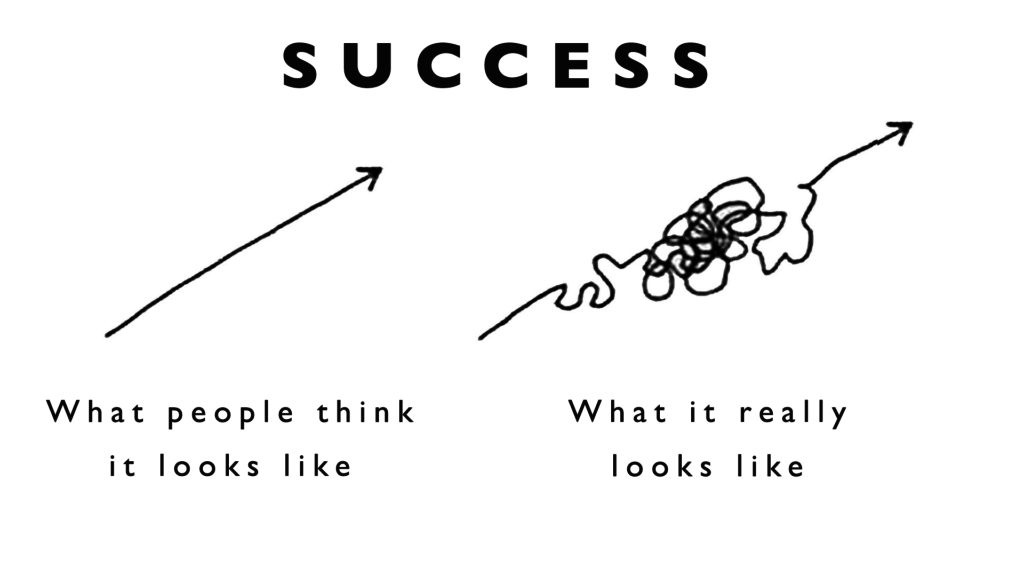Don’t be THAT CEO

Management styles that hold you and your team back from product-market fit
When it comes to venture-building, we can all agree that one of the first steps founders have to take is to create a product that is irresistible for their target market. Truly enough, that’s the essence of product-market fit and what we seek to help our companies attain while under Catalyst Fund.We’d argue it’s the only thing that matters early on. Unfortunately, getting there is not terribly obvious (see 500 Startups Growth Self-Diagnosis)! To further complicate things, typically, startup teams are inexperienced and well, how to say this, particularly vulnerable to dysfunctional management styles. Don’t get us wrong, startup teams are very talented and driven but their strong skills tend to leave blind spots too.
Drawing heavily from our past adventures as entrepreneurs, as well as what we learned from 20 early-stage startup CEOs at Catalyst Fund, and developing personas to design our product-market fit advisory, we have compiled a handful of slightly dysfunctional management styles. Instead of a typical “here’s what to do” list, think of this as the “who NOT to act like!” guide — these behaviors will impede your teams from getting to product-market fit. As archetypes, they’re exaggerated for effect but can help with self-diagnosis.
The Waterfall Executive:
Typically coming from a big corporation in a similar space, this CEO is very thorough and process oriented. Unfortunately, he’s deploying the wrong type of processes as life in a startup requires faster execution and a clear focus on what’s relevant right here and right now. For instance, you don’t worry about 5-year plans or even complete business models until you have a product that some clients love. Instead of building a vehicle for exploration, the CEO is building a miniature version of the corporation he came from.
The Queen Syndrome (I want it all and I want it now):
This CEO is capable of creating such a powerful vision that she also gets thoroughly intoxicated by its power. Unfortunately, this reality-distorted CEO can’t prioritize and sequence properly. Instead of focusing the team on product traction, which is her primary responsibility, she spreads her attention over too many projects. As a result, the team gets frustrated and the traction towards PMF is very slow.

Shooting from The Hunch:
This first-time entrepreneur doesn’t have a quick or dependable process to discover what works and what doesn’t. Instead of following some variation of the lean method, he bets the house on a series of HiPPO (Highest Paid Person’s Opinion) hunches. His unshakeable confidence might have been critical as he was deciding to start the company; however, the critical thing now is to be very honest as he assesses what he knows and what he doesn’t. Otherwise, he may learn too late that his core assumptions are false.
Alibaba and the 40 Shiny Objects:
This CEO is extremely curious and learns all she can about new technologies and opportunities. She develops a valuable perspective on the cutting edge but also keeps hoping that the next project will be a silver bullet. She believes the right “open sesame” will guarantee traction with minimum effort and when that doesn’t happen, she just moves on to the next shiny object. Predictably, the team drags its feet and somehow the results don’t accumulate.
Management by Best Seller:
This tends to happen to a conscientious and first-time CEO who realizes he doesn’t fully know what he’s doing. To compensate, he devours all the literature on the sure paths to entrepreneurial success, so he always has a great idea for a better process or an improved tool. Sadly, he rarely has the time and patience to adapt and iterate them to fully fit the context. The team can’t keep up and is too distracted plowing along multiple learning curves, so progress toward PMF crawls to a halt.
Do you know any other CEO persona we’re missing? We’d love to hear from you about your own experiences — reach out to us at catalyst@bfaglobal.com or leave a comment below!
In an upcoming blog post, we will describe the process we like to follow during our engagements with #CF20 portfolio companies to correct some of these issues and catalyze their journey towards product-market fit so they can continue to serve people on low-incomes in their markets. Stay tuned!


